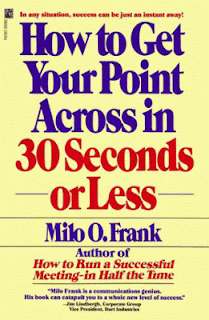Team Presentations can be effective. But you must invest the time and effort in preparation and delivery that conveys "Team". Too many "Team Presentations" appear as a disjointed collection of speakers.
Tips on How to Convey a Team Image
To
help the audience see the relationship between parts of the presentation, each
speaker must show how his/her information relates to what came before and what
follows. One way to do this is by referring
to what a previous speaker said or what a following speaker will say.
In
general, questions should be held until the end of the team’s presentation. However, depending on the topic and the audience, each speaker might devote
several minutes to questions immediately following his/her talk.
Team
members should design visual aids that are consistent in style (text and
graphics).
Dress appropriately but not identically. That
only confuses the audience because they can’t tell you apart.
Avoid
redundancy and conflicting statements through group practice.
Make
the presentation seamless by stating how your part relates to the other parts.
Rehearse the transitions between each speaker.
Another variation is for you
to present and bring your technical experts just to answer questions. Coach
them before the presentation on their roles and how you will interact.
Presentation Tips on Twitter Presentation Skills Club on Facebook
Executive Speech Coach, Business presentation tips from George Torok, the Speech Coach for Executives




